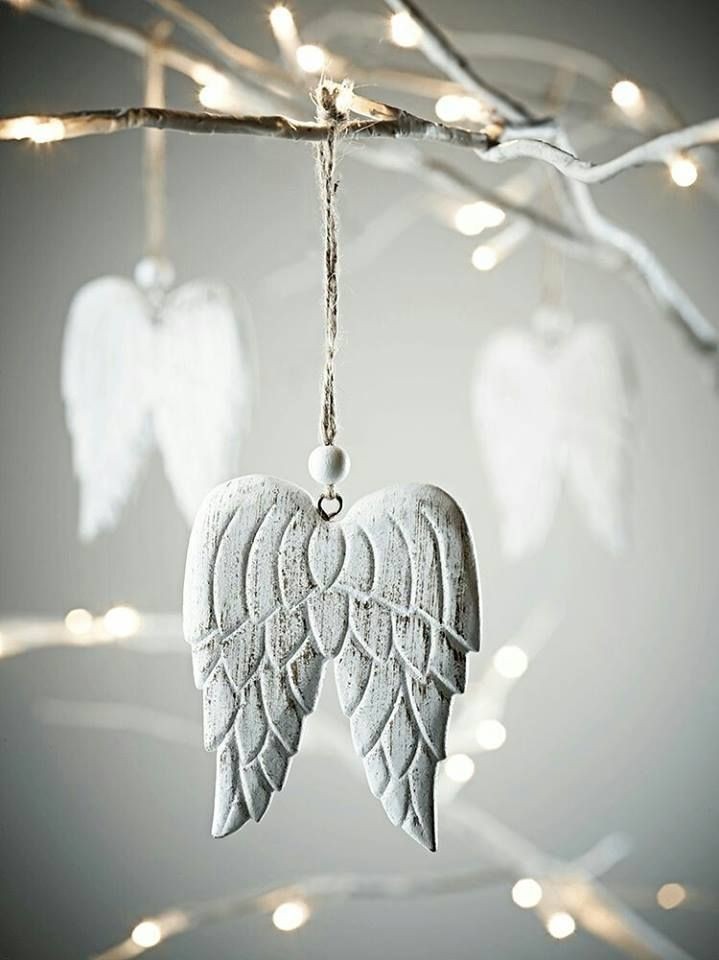Abstract Collage Creations and Layering....
- Koöko Fleurs
- May 23, 2024
- 3 min read
Updated: May 18

Welcome to the world of Abstract Collage Creations! This instructional guide will walk you through the artful process of creating your own collage masterpieces from the mixed master artist, Laura Horn.
Let’s embark on this creative journey together.
Gathering Your Materials
Firstly, assemble your collection of papers, mark-making tools, and paints. Look around you; your environment is brimming with color and texture that can inspire your artwork. Remember, the Supply List is merely a suggestion. Feel free to improvise with materials you find at home.
Tools & Substrates
Mark making tools that you find around the house
Paint brushes
Scissors - if desired, but tearing is great too!
Glue, glue stick, Mod Podge or gel medium
Catalyst blade or old spatula or credit card or hotel key for smoothing collage pieces
Palette Paper or other palette, if desired
Substrates such as watercolor paper or card stock, cardboard or canvas.
Various types of paper/fabric to be used as collage, such as:
Sewing pattern paper
Rice paper
Ruled or graph paper
Printer paper (can be dyed e.g. with tea or coffee)
Watercolor paper
Coffee filter
Tissue paper
Old book pages
Magazine pages or other solid painted pages
Fabrics (I used cheesecloth and linen)
Watercolor paint or you can use ink, high flow acrylic or gouache
Cool Colors:
Daniel Smith Perylene Green
Daniel Smith Fuchsite Genuine
Daniel Smith Undersea Green
Warm Colors:
Daniel Smith Duochrome Autumn Mystery
Daniel Smith Transparent Red Oxide
White Gouache - not necessary
Mark Making
Rolled up book page or paper towel/toilet paper roll
Ball of rubber bands or other textured ball
Twigs/bamboo or other items from nature
Skewers
Ear Bud/Q-tip
Posca Paint Pens or other markers
Corrugated cardboard
Doily or stencils
Neocolor II Water Soluble Crayons or other types of crayons/pastels
Posca paint pens or other types of markers/pens
Fruits and Vegetables (I used a mushroom)
Creating Collage Papers
With your materials ready, it’s time to dive into the heart of collage-making. Experiment with colors and patterns, and don’t hesitate to get a little messy. If you’re feeling stuck, a quick stroll around your living space can spark a world of ideas. And don’t forget to explore different tools for making your marks—anything can leave an interesting impression.
Cutting Out Shapes
Next, grab your scissors or tear the paper for a more textured edge. Introduce solid-colored paper or fabric to contrast with your patterned pieces. Whether you opt for uniform shapes or a mix-and-match approach, simplicity is key. Choose a sturdy surface like watercolor paper, canvas, or even cardboard to arrange your collage.
Assembling the Connected Circles Collage
Now, let’s start assembling our first collage, featuring a series of interconnected circles. Experiment with various layouts on your chosen surface, and consider the interplay of contrasts in your design. Photograph your arrangement for reference, and remember to layer your pieces thoughtfully, starting from the bottom up. An even application of glue is crucial, and smoothing out each piece will ensure a polished finish.
Crafting the Layered Patchwork
Collage In this session, we’ll explore a patchwork collage using rectangular shapes. Play with textures and layers to create depth, and trust your instincts as you arrange and glue your pieces. You might find that your final composition differs from your initial plan—and that’s perfectly fine!
We thank Laura Horn — for this course on layering and collage. I hope it has been an enriching experience. Laura Horn is the mixed media instructor from the scenic Adelaide Hills, Chicago, and it’s been a pleasure sharing her artistic adventure with you. I shall try that myself and post it.
Her online classroom are a sanctuary where you can hone your skills, gain confidence, and develop your unique style. I look forward to sharing more of her creative explorations in the future. Happy collaging!













Comments